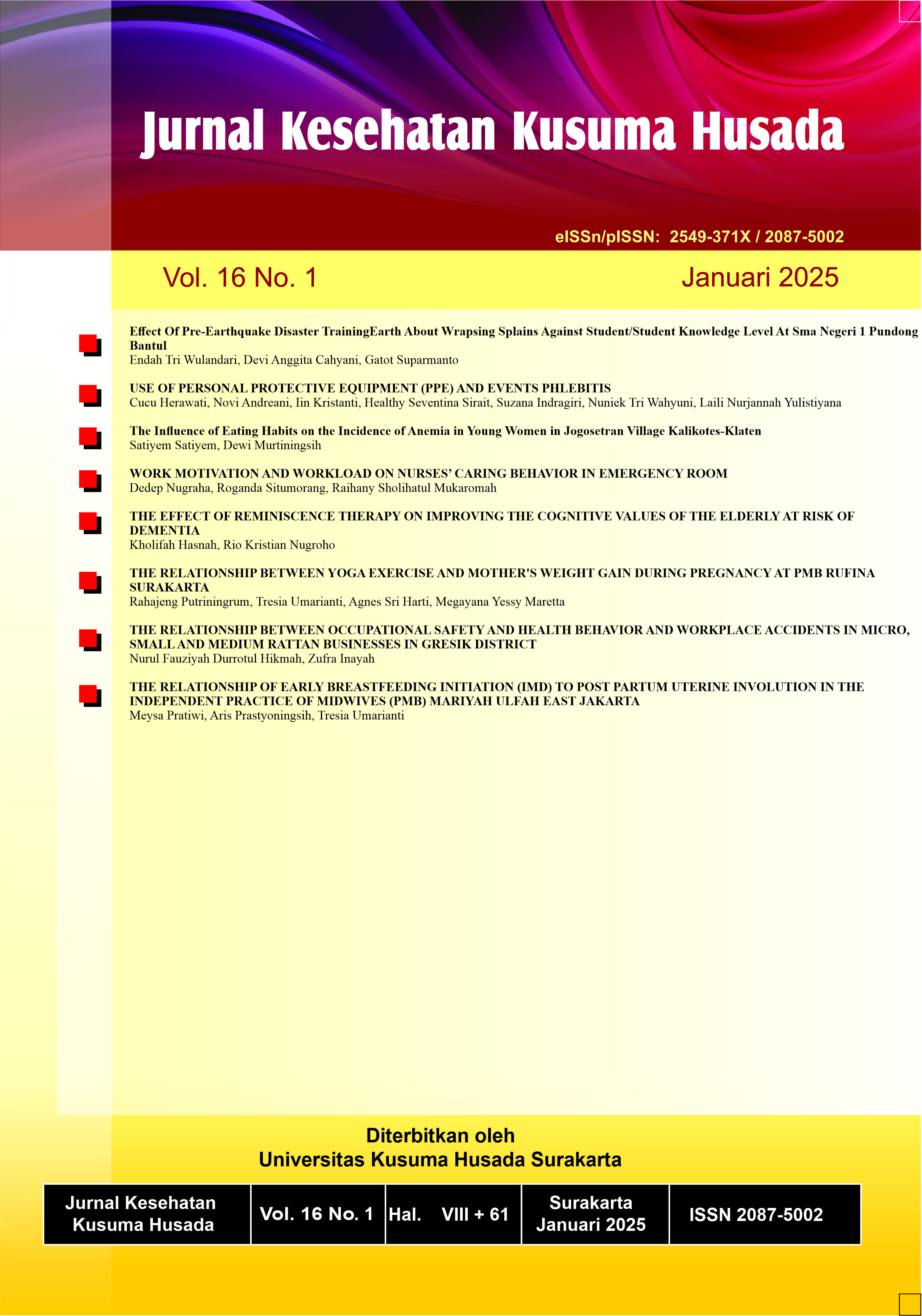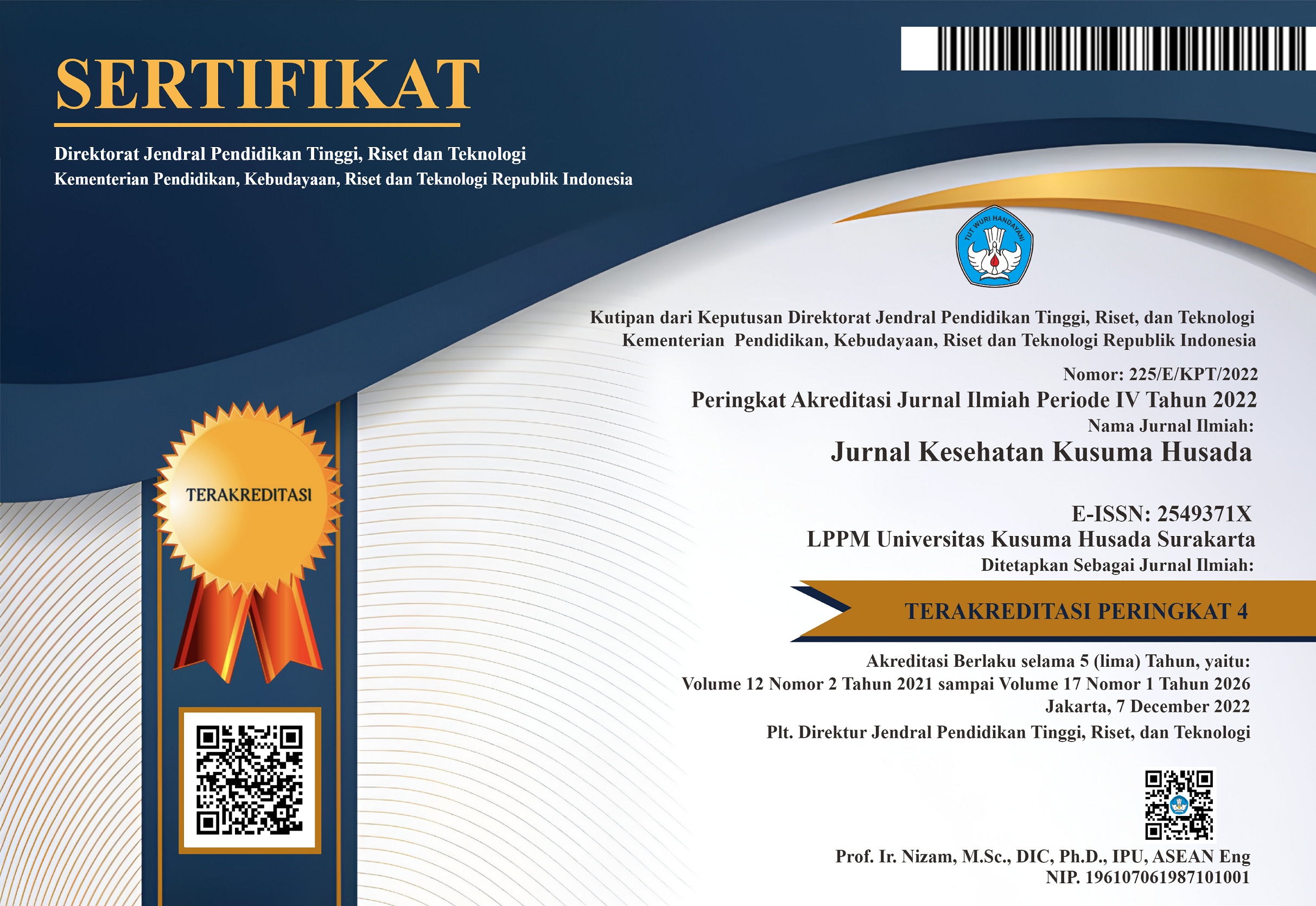THE MATURITY OF MARRIAGE AGE AS A STRATEGY TO PREVENT PREMARITAL SEXUAL BEHAVIOR AMONG ADOLESCENTS IN SAMARINDA
Abstract
Premarital sexual behavior has become a significant social issue among adolescents in Indonesia, particularly concerning the high rates of child marriage and unintended pregnancies. Despite efforts to promote Marriage Maturity to reduce these rates, its effectiveness requires further investigation, especially in the context of adolescent motivation to avoid risky sexual behavior. This study aims to explore adolescent motivation to avoid premarital sexual behavior by applying the Protection Motivation Theory (PMT), which involves threat appraisal and coping appraisal in adolescent decision-making to delay early marriage. This research employs a qualitative method with a phenomenological approach. Informant consisted of adolescents aged 15-19 years in Samarinda City who had received information about marriage maturity. Data was collected through in-depth interviews with six purposively selected Informant using intensity sampling techniques. Data validity was ensured through source triangulation and documentation. Collected data were analyzed using QSR NVIVO 12 Pro. The findings reveal that adolescents’ understanding of marriage maturityis still limited, and the threat of premarital sexual behavior is perceived as low by most Informant. Factors such as perceptions of severity adolescents are quite good because they have seen firsthand the impacts of premarital sex. For response efficacy and self-efficacy in delaying the age of marriage, these are relatively high among adolescents exposed to PUP. This is because they have parental and peer support providing information related to PUP. Additionally, social environment, media exposure, and education levels shape adolescents' responses to marriage maturityas a protective measure.
Copyright (c) 2025 Jurnal Kesehatan Kusuma Husada

This work is licensed under a Creative Commons Attribution 4.0 International License.
The copyright of the published articles belongs to Jurnal Kesehatan Kusuma Husada.

This work is licensed under a Creative Commons Attribution 4.0 International License.











